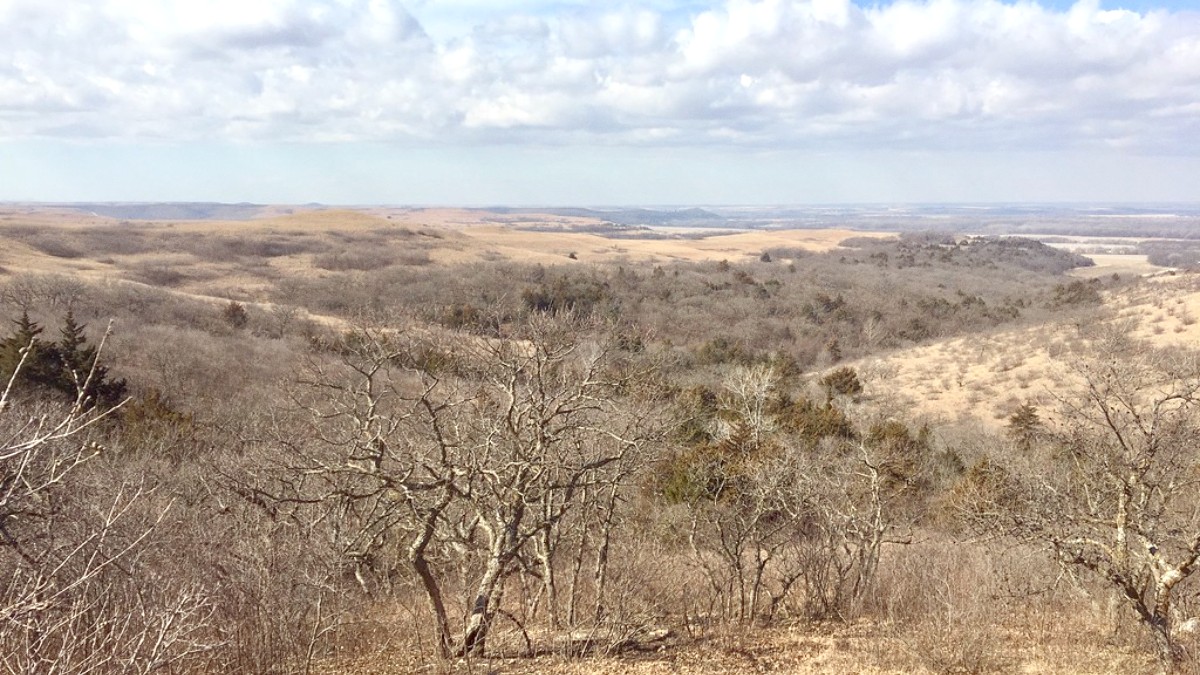
Kansas, USA
Download offline maps for the Flint Hills region, as cell service can be spotty.
Keep track of rapidly changing Kansas weather, especially severe thunderstorms and tornado warnings.
For finding and navigating hiking trails at Konza Prairie, Tallgrass Prairie National Preserve, and state parks.
Apps like Booking.com, Airbnb, or Vrbo assist with lodging reservations.
Yelp or Google Maps provide restaurant reviews and hours.
Www.nps.gov/tapr - The definitive source for planning your visit to the preserve, including trail maps, hours, and ranger programs.
Www.flinthillsdiscovery.org - Information on exhibits, events, and educational programs about the region.
Www.travelks.com - The official state tourism website, with information on Kansas attractions, events, and regions.
Kpbs.konza.k-state.edu - Information about hiking trails and research at this preserve.
Ksoutdoors.com - For information on state parks, camping reservations, and outdoor recreation.
Listen to Kansas-centric folk or country music to set the mood for your prairie exploration.
Explore local art inspired by the prairie, capturing its unique colors, wildlife, and vastness.
English is the main language spoken in the Flint Hills region, no specific language learning needed for this destination.
Always verify contact numbers and facility hours before relying on them.
The bedrock of the Flint Hills is composed of Permian limestone and shale, resistant to cultivation.
Many marine fossils indicate the area was once an inland sea.
Erosion of these layers shaped the characteristic rolling hills.
Big bluestem, switchgrass, and Indiangrass thrive here, with roots extending deep into the soil.
Annual spring burns eliminate woody vegetation and promote new grass growth.
Grazing by large herbivores is integral to the prairie's health.
Some ranches or outfitters offer guided horseback rides through the prairie.
Nearby reservoirs like Tuttle Creek and Council Grove Lake offer recreational water activities.
The Flint Hills National Scenic Byway (K-177) offers stunning views and access to sites.
For more insights into the region's unique natural heritage, consider resources from the National Park Service and Kansas State University's Konza Prairie.